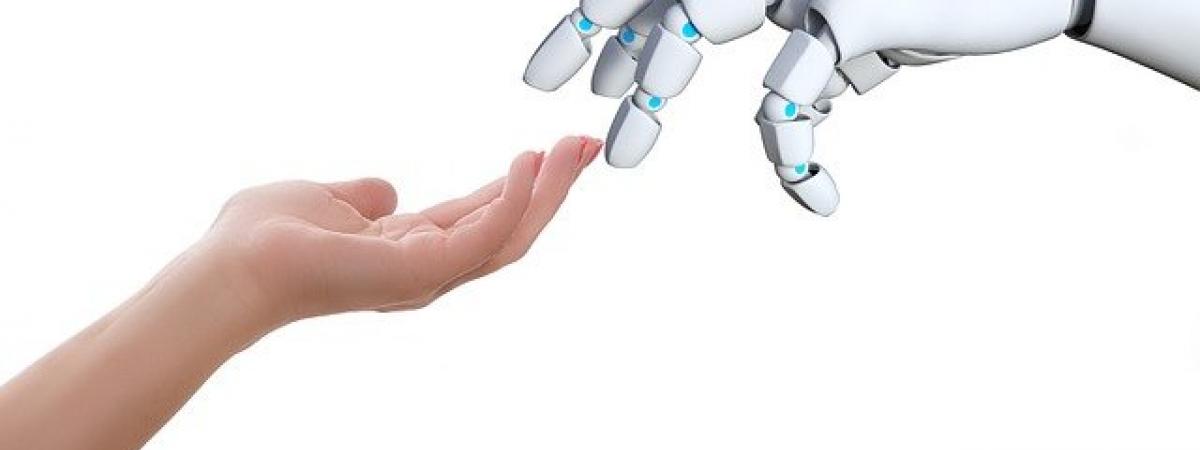Engineering solutions for Michael Schumacher

My dad was the chief engine designer for the Benetton engine that won Michael Schumacher his first world championship, something I am rightly proud of.
In addition to his ability, passion and flair, Michael Schumacher’s race-winning formula was also dependent on engineers providing world-class engine parts and carbon-fibre cars. Now, after his tragic skiing accident, Michael is likely to be again dependent on engineering design, though this time the inventions won’t win him any motor races. Amazing engineering designs exist, however, that can transform an injured person’s life.
Sir Frank Williams has also delved deep into the worlds of Formula 1 engineering and medical technology, heading up the Williams team whilst also living with a spinal cord injury since 1986. As the daughter of a chief engineer, now married to a wonderful man with a spinal cord injury, I have also had the privilege of seeing the best in engineering design that allows triumph on the track and over tragedy. Here are some of the most inspired works of engineering that I have come across.
Haus Rheinsberg
Set on the shores of Lake Grienerick in Brandenburg, Germany, this ‘barrier-free 4-star hotel’ offers a luxury holiday to even the most physically disabled person. Engineers have designed accessible boats and horse-drawn carriages, bicycles which can hold a disabled person as a passenger at the front or that can be pedalled by hand and windows that open at the push of a button.
Several holidaymakers arrive at Haus Rheinsberg on the awesome ‘Jumbulance’: an enormous coach that can transport people on beds, even attached to oxygen, across Europe. It boasts an accessible lift, floor tracking and clamps, stretcher beds, a wheelchair accessible toilet, a mobile hoist and even a defibrillator and suction equipment.
It’s a breathtaking example of enablement.
LEVO chair
According to its website, the “LEVO Standing Wheelchair will raise your life to a new, higher level of freedom, independence and life changing mobility by giving you the ability to stand”. Designed to meet individual needs, these wheelchairs offer the user pressure relief, reduced spasticity and improved circulation and digestion as they move the paralysed person into a standing position.
Their wider benefits include increased self-esteem (not always being spoken down to), independence (you can now reach the higher bookshelves for yourself), and an ability to join in activities (ordering a drink at the bar, picking an apple from a tree). My husband was less keen to discover that this chair could allow him to do the washing up!
Adaptoys –sip and puff car
As an uncle, my husband is keen to entertain our nephew (and inspire a love of cricket). He has adopted the role of chief bowler to improve the boy’s batting skills. More severely disabled adults can still be the bowler thanks to Adaptoys who have invented a voice-activated ball-throwing machine.
Promoted by the Christopher and Dana Reeve Foundation, Adaptoys also offer a breath-activated toy car: suck and blow to move it back and forward; tilt your head to the side to turn a corner. The paralysed relative is no longer relegated to the sidelines.
AAC (Augmentative and Alternative Communication)
As a student nurse I stood in awe as a newly married wife communicated to her husband via eye movements alone. She had suffered a serious stroke weeks after their wedding; communication now was via a letter board, with her eyes rapidly resting on each letter to spell out words, with her well-trained husband often able to anticipate words before they were finished. ‘Head mice’ are an extension to this method: the communicator wears a reflective dot on their forehead, acting as a computer mouse; head movements allow the user to carry out hands-free typing.
Communication aids also offer artificial voices (think Stephen Hawking) or pre-recorded voices: people with motor neurone disease often carry out ‘voice-banking’ to preserve a copy of their voice before the onset of dysarthria.
Bebionic prosthetic hand
An actress in the ‘Hunger Games’, born without a hand, wore a prosthesis in the movie; trainee pilot Charles Kango lost his hand in a road accident yet can use his prosthesis to push a trolley, shake hands and pick objects up.
Today’s hand prostheses are lifelike, natural, easy-to-use and multi-articulating. The Bebionic hand allows 14 different hand grips and a choice of opposed or non-opposed thumb positions; four wrist choices are available depending on the rotation needed and the length of the remaining arm. Other devices include the Flexy Hand (3d printable devices) and Vincent Systems (touch sensing prostheses).
Stairclimbers
My husband has experience of being carried up staircases in his wheelchair by fellow schoolmates, relatives and even well-meaning strangers (when we found ourselves stranded deep underground in a Spanish metro station). Dangerous and undignified, this effort is now expendable since engineers have invented powered stairclimbing devices that can attach to the back of the wheelchair. The stairclimber methodically lifts the wheelchair up each stair: it’s rather like watching in rewind the child’s Slinky toy on a staircase.
Sometimes we need stories such as these to inspire us. Engineers, like medics, can bring hope in the face of disability. For Michael Schumacher, we can pray that their designs help him to win the most important race of his life.
